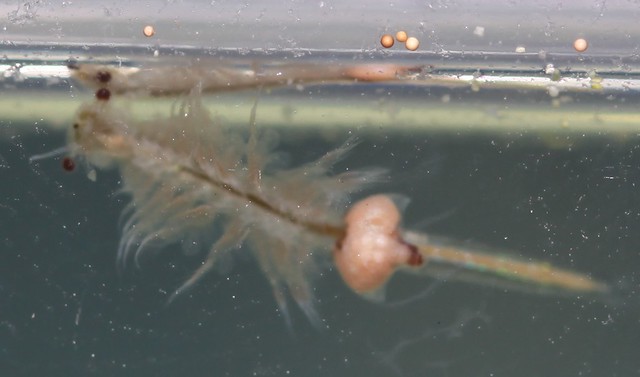

Sea monkeys are transparent when they’re born, but turn different colors depending on their diet and maturity.įunny enough, sea monkeys are not actually monkeys, but they have been sold in kits with a cartoon character called King Leo on the front since 1957. Once they hatch, they can be fed with special sea monkey food. They’re usually sold in kits that include the dry eggs, which need to be activated by adding water. Talking of the size of fully grown sea monkeys, what about when it comes to how big is the biggest sea monkey? Sea monkeys are a variety of brine shrimp that can be bought from stores and kept in tanks as pets. Should you own sea monkeys? Well, it’s probably best not to take the risk, but if you have one or two as pets you might not want to bother taking them out of the tank each time you turn around. However, their tiny size does make them more vulnerable to predators than larger animals. The truth is that sea monkeys are fairly harmless.

They live in shallow water and eat mostly algae, but some people think they’re dangerous. Rather, they’re small and relatively harmless, about an inch long, with a large head and eyes. Sea monkeys don’t grow to be huge creatures. Also, through a mysterious process called Regeneration, new limbs appear and grow even faster, especially after they shed their shells. When they grow too big for their old shells, sea monkeys shed them. How big do sea monkeys get? After 7-10 days you start to notice your sea monkeys getting bigger. So, talking about sea monkeys and their character traits, what about when it comes to a sea monkey’s size? According to their inventor, Harold von Braunhut, Sea Monkey eggs stay dormant for years until added to water, at which point they hatch and resemble tiny versions of their parents. The original name for them was “Instant Life”, not “Sea-Monkeys”, and they were marketed as being able to be revived instantly by adding water, hence the name. Sea monkeys are a hybrid species of brine shrimp, created in 1957 by Harold Von Braunhut, who discovered that brine shrimp could be induced to remain in a state of suspended animation for extended periods of time.


 0 kommentar(er)
0 kommentar(er)
